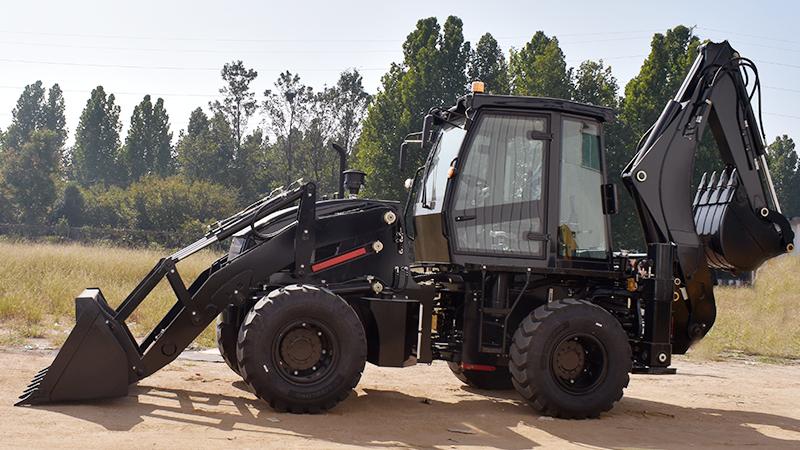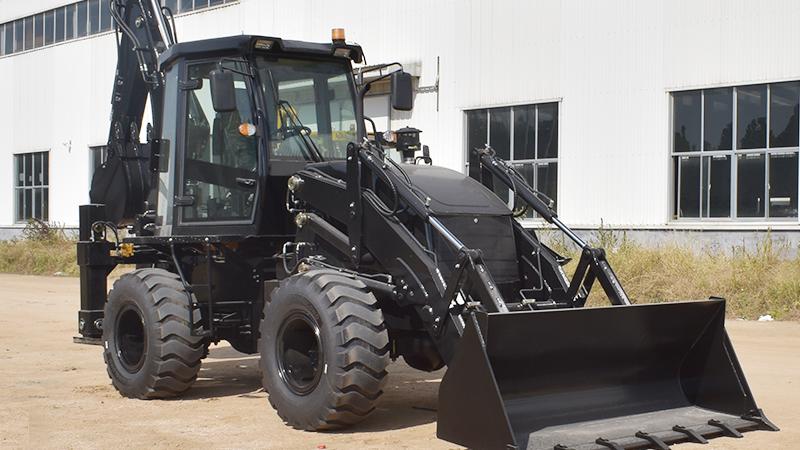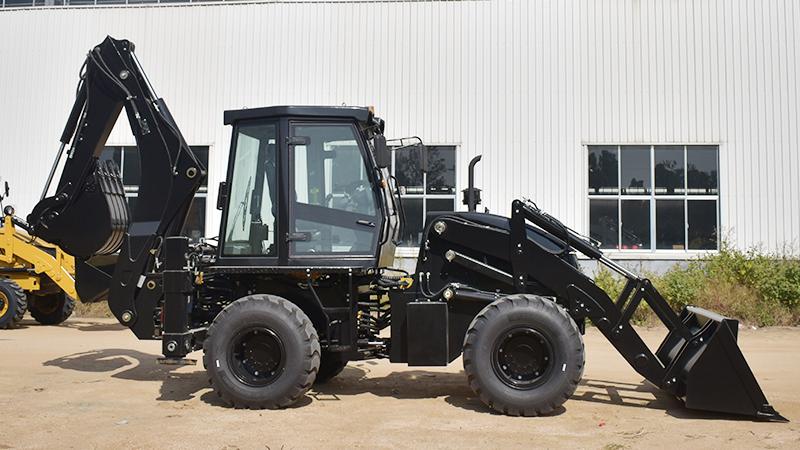The decision to invest in earthmoving equipment is a significant one for any construction business, farm, or serious landowner. The choice often narrows down to two classic contenders: the traditional, iconic backhoe loader and the modern, agile combination of a skid steer loader paired with a mini excavator. While both options aim to move earth and material, they represent fundamentally different philosophies in machine capability, operational workflow, and financial investment. The backhoe loader is the celebrated Swiss Army knife, a single machine designed to perform a wide array of tasks with brute force. In contrast, the skid steer/mini excavator duo is a specialized toolkit, offering superior efficiency and finesse in specific applications, albeit requiring two separate machines. Understanding the nuanced pros and cons of each is critical to making an informed purchase that aligns with your operational needs, worksite constraints, and long-term financial strategy. This analysis will delve deep into the comparative advantages and disadvantages, moving beyond superficial specs to explore real-world performance, versatility, and the total cost of ownership.
The primary and most compelling advantage of the backhoe loader is its unparalleled all-in-one versatility and raw power. This single machine integrates three distinct functions: a powerful rear-mounted excavator arm, a robust front-mounted loader bucket, and a common, though less utilized, middle segment that can host a variety of hydraulic-powered attachments via a PTO (Power Take-Off) system, such as augers, breakers, and trenchers. This trifecta allows an operator to seamlessly transition from digging a deep trench with the backhoe, to backfilling it with the front loader, and then using the same machine to transport materials across the job site, all without needing to switch or reposition a second piece of equipment. The backhoe's design is inherently stable for heavy digging and lifting tasks, often eliminating the need for additional outriggers or stabilizers for all but the most extreme loads. Its ability to "load and carry" is a significant productivity booster, as the machine can travel at relatively high speeds on roads and around sites with a full bucket. For tasks like repairing long stretches of roadside drainage, installing utility lines in open fields, or general farm work where duties are diverse and spread out, the backhoe loader's self-contained nature is a massive benefit. It is a true one-man, one-machine solution for a vast range of medium-duty tasks, reducing operational complexity and the logistical headache of managing multiple assets.
Conversely, the skid steer and mini excavator combination counters the backhoe's jack-of-all-trades approach with a philosophy of targeted specialization and superior operational agility. A skid steer loader, particularly a compact track loader (CTL), is an attachment-changing powerhouse. Its quick-connect coupler system allows an operator to switch from a bucket to a pallet fork, a grapple, a sweeper, or a trencher in a matter of minutes, making it incredibly versatile for material handling, site cleanup, and loading tasks in confined spaces. However, its digging capability is limited. This is where the mini excavator comes in. A dedicated mini excavator is purpose-built for excavation, offering far greater digging performance than a backhoe's rear arm. It provides superior digging depth, reach, and power in a compact footprint, with a 360-degree rotating upper structure that allows it to dig and dump material in a full circle without moving its tracks. This duo excels in staged, complex projects. For example, in a residential landscaping project, the mini excavator can precisely dig foundations and pools, while the skid steer can then handle grading, moving soil, and placing materials. The individual compactness of these machines also grants them a significant advantage in tight access areas—fenced backyards, inside buildings, or congested urban sites—where a larger backhoe loader simply could not fit or maneuver.
Ultimately, the choice is not about which machine is objectively better, but which is the optimal tool for your specific and predominant type of work. The backhoe loader remains the king of linear, multi-faceted projects where tasks are sequential and spread over a larger area, and where a single, powerful, do-it-all machine is more valuable than specialized efficiency. Its strengths shine in utility work, rural construction, and agricultural settings. The skid steer and mini excavator tandem, on the other hand, is the champion of complex, compact, and fast-paced projects where space is limited, tasks can be parallelized, and excavation precision is paramount. It is the preferred setup for residential contractors, landscapers, and interior demolition crews. The decision should be guided by a careful audit of your most common tasks, worksite environments, labor availability, and not just the initial price tag but the total cost of ownership and the potential for revenue generation. By weighing the rugged, all-in-one versatility of the backhoe loader against the agile, specialized power of the skid steer and mini excavator duo, you can make a capital investment that will serve your business productively and profitably for years to come.
Post time:Oct.21.2025



